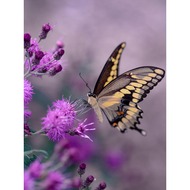5th Science OSAS Practice 2021
(View Complete Item Description)Help your students explore the Oregon Statewide Assessment System Grade 5 Science Sample Test in this slideshow with imbedded videos. The OSAS page has been updated, but all of the basics are still there. Each question is broken down in its own section - "Session 1 The Beach House." Before doing the question, we look at the objective and task by thinking like a scientist using CCC & SEP. Then we explore how to navigate the question. We break down the key elements of the question relating to the task. Students work the problem on their own. "Let's check out the answers" goes over strategies used to solve the task and the reasoning behind the answers. The video was made in the spring of 2021 to support distance learning.
Material Type: Assessment


















